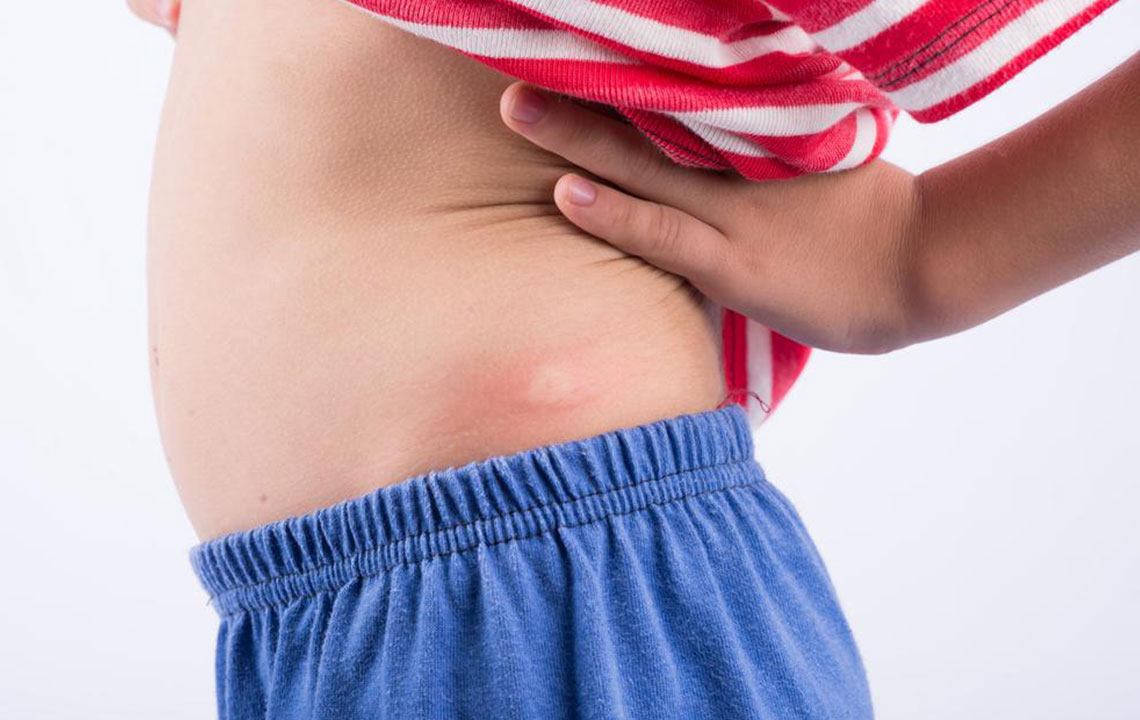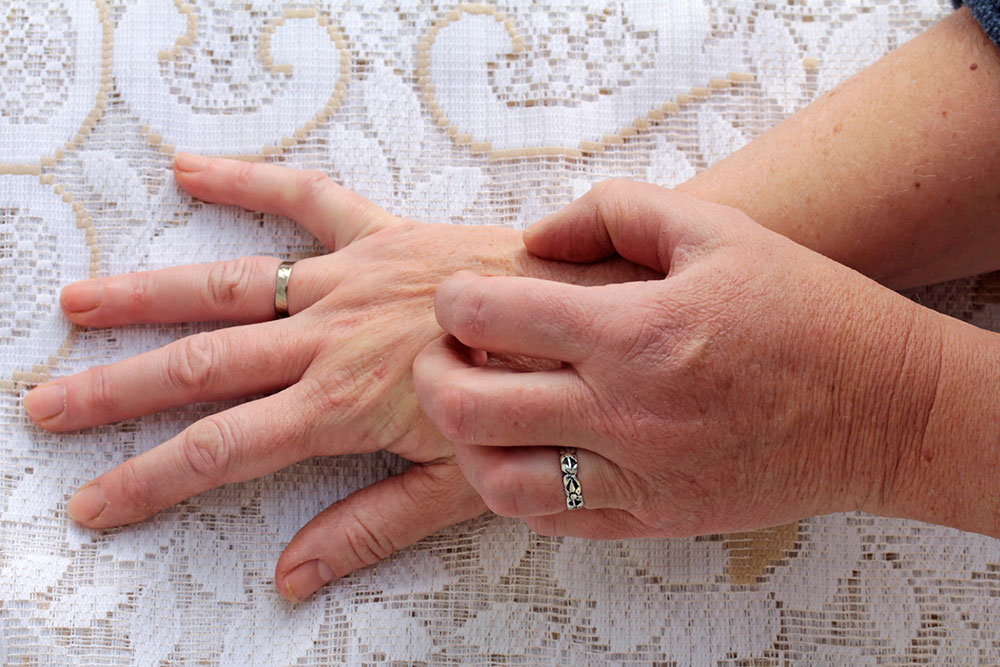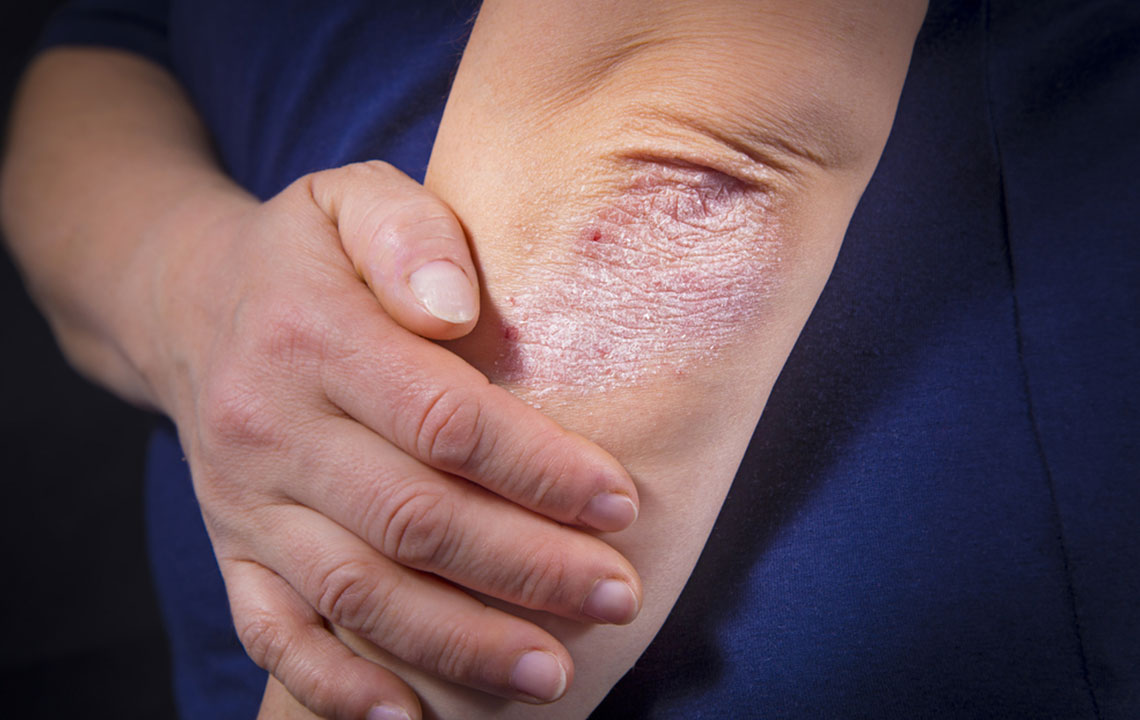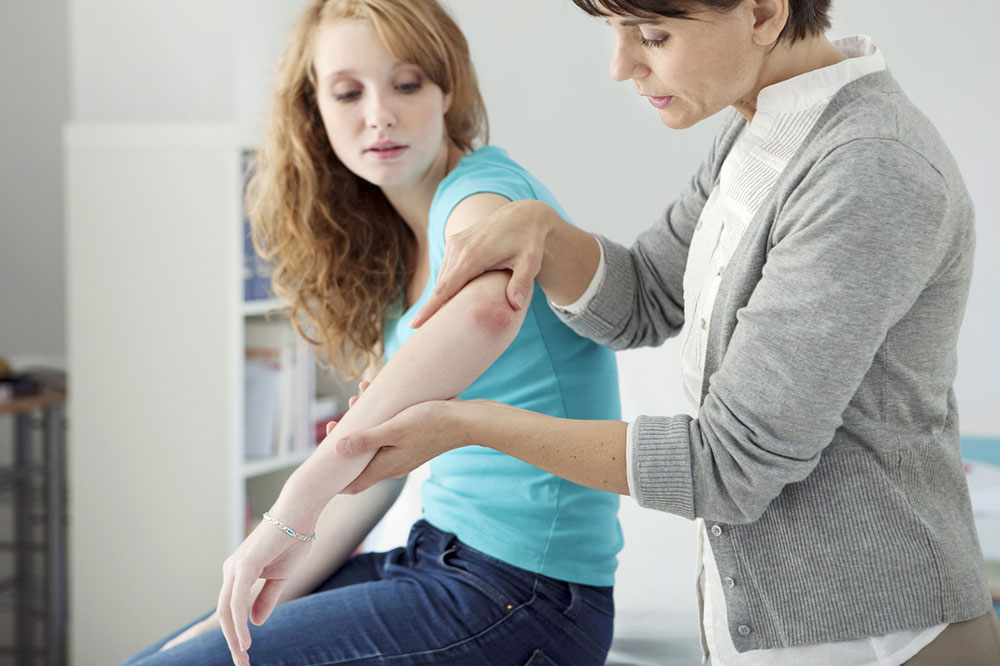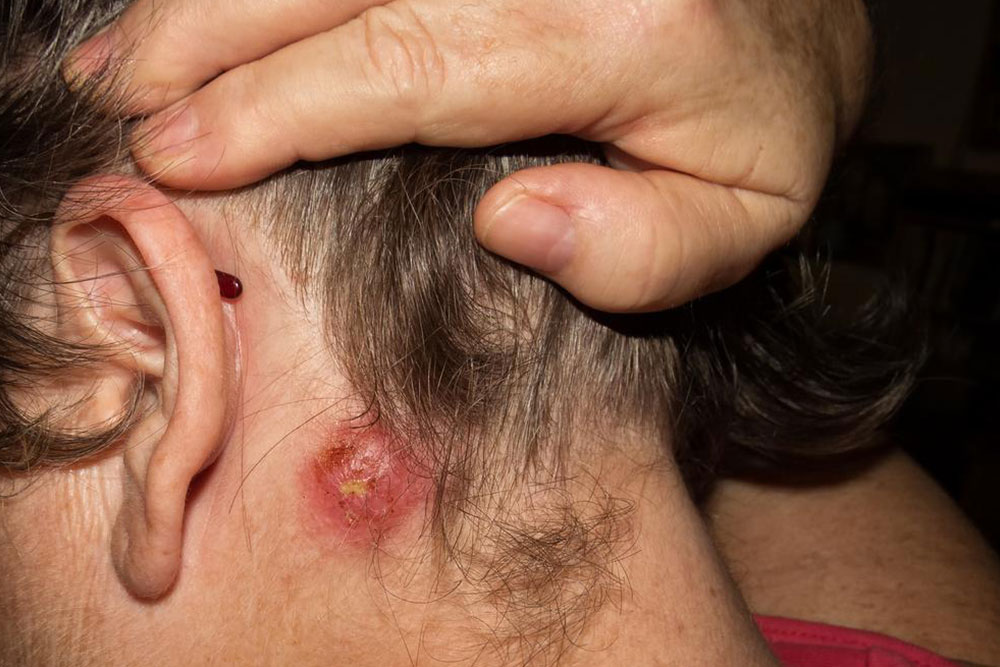Understanding Hidradenitis Suppurativa: Causes, Symptoms, and Treatment
Hidradenitis suppurativa is a chronic skin condition marked by painful bumps, tunnels, and persistent lumps, often affecting areas like the armpits, groin, and buttocks. Early diagnosis and treatment are vital to prevent complications, with symptoms worsening over time. Monitoring and seeking prompt medical help can improve quality of life and reduce long-term issues. This guide covers causes, symptoms, stages, and when to see a doctor for effective management of this challenging condition.

Understanding Hidradenitis Suppurativa: Causes, Symptoms, and Treatment
Hidradenitis suppurativa, or acne inversa, is a long-term skin disorder that can be complex and challenging to manage. Often triggered during adolescence or early adulthood due to unhealthy lifestyle choices, this condition results from blockages in the sweat glands. It manifests as painful bumps beneath the skin, usually near hair follicles or sweat gland areas such as the groin, armpits, and buttocks. These lumps may break open, emit foul odors, or form tunnels under the skin.
This condition can last for years and often worsens over time, significantly affecting daily routines and mental health. Early diagnosis and treatment are essential to prevent new outbreaks and complications like depression. Proper care can help manage symptoms effectively.
Key symptoms include painful, red bumps that appear in areas prone to friction, such as the armpits, groin, or under breasts. These bumps may enlarge, fill with pus, and emit a bad smell. Blackheads in pitted skin areas and persistent lumps are also common. Advanced stages feature tunnels connecting lumps, leaking pus, and difficulty healing. The condition can start anytime from puberty to age 40, with severity influenced by factors like weight, heat, humidity, and hormonal changes.
Hidradenitis suppurativa progresses through three stages: starting with isolated painful lesions (Stage 1), developing into blisters and sinus tracts (Stage 2), and culminating in widespread blisters and interconnected tunnels (Stage 3). Monitoring changes with photos can assist doctors in determining the stage. The most affected regions include the armpits, groin, under breasts, anus, inner thighs, and buttocks. Symptoms overlapping or recurring may indicate complications requiring urgent medical attention.
If you notice painful bumps or persistent sores, it's crucial to consult a healthcare professional promptly. Early intervention can reduce severity and prevent long-term issues. Recurrences suggest the need for ongoing management to avoid complications.

